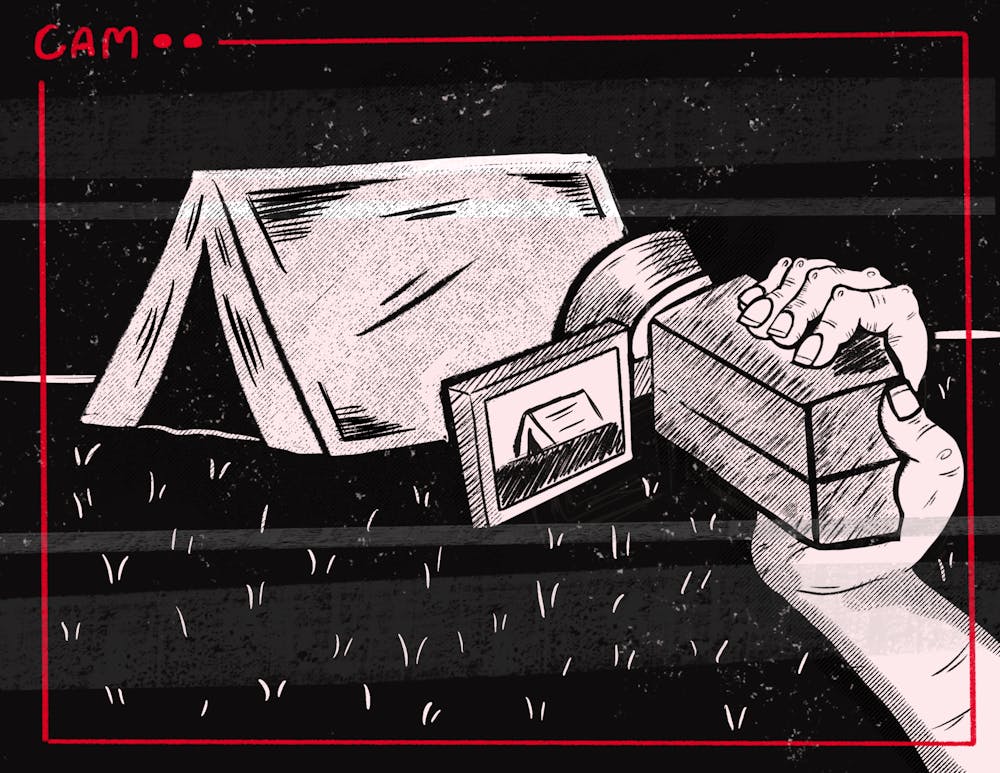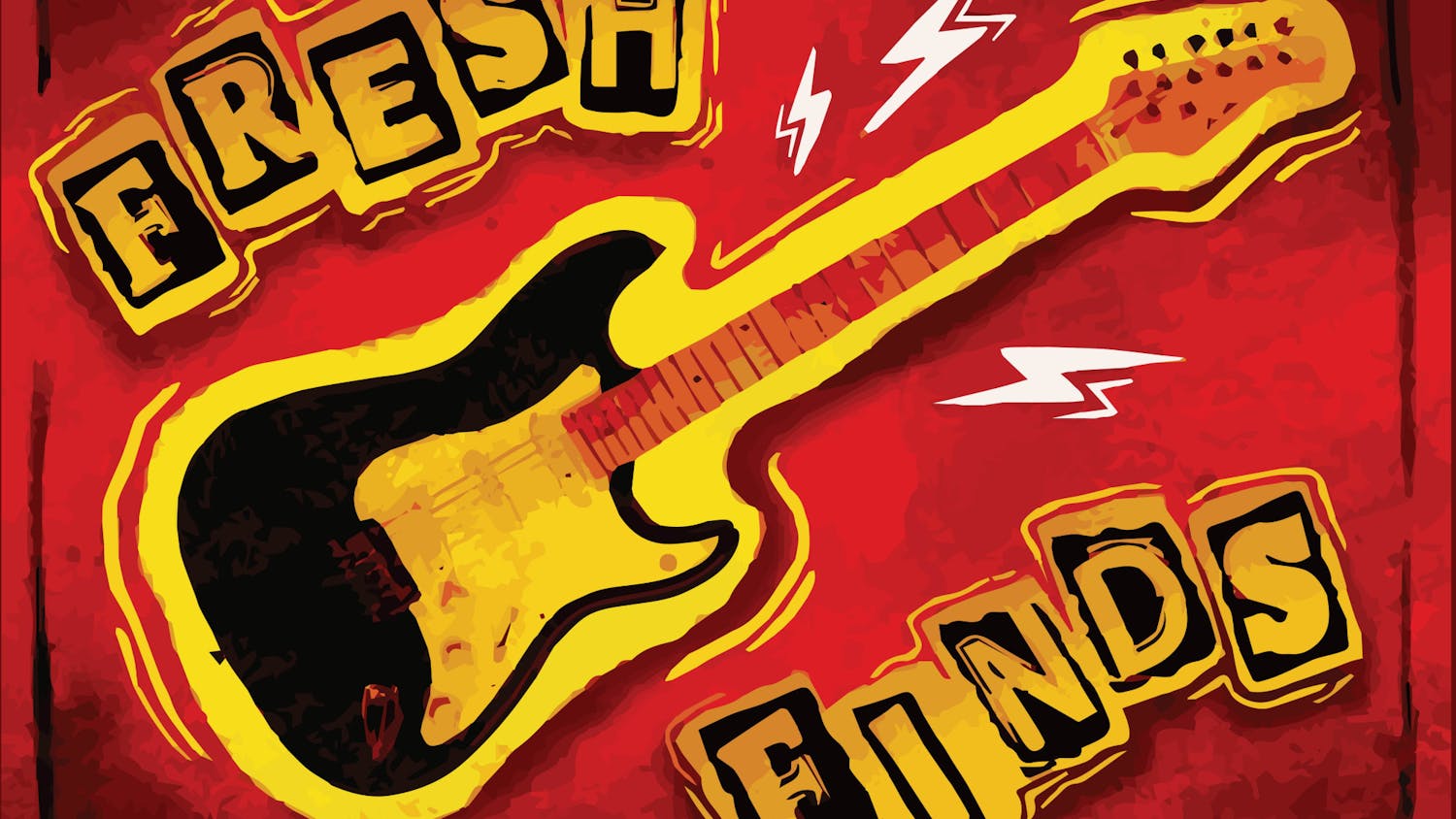Technically, recording homeless people is legal when in a public place. The only question is whether or not it is ethically sound, or if videographers just do it to get views.
Taping homeless people has been going on for years, and Vitaly Zdorovetskiy was one of the first to do this in 2014. He had a series on his YouTube channel, VitalyzdTv, called “Extreme Homeless Makeover” where he would give homeless people makeovers. In his first episode, Zdorovetskiy helped a man named Martin receive a shower, haircut and nice dinner. In the second episode, Martin was also given a new set of teeth.
While this was extremely helpful to Martin, a lot of Zdorovetskiy’s other videos are about picking up and trolling women or disturbing the peace in calm environments. Zdorovetskiy’s makeover videos helped launch his channel in 2014. Once he was famous, he could start making videos about seemingly whatever he wanted, continuing to grow his fame in other ways. This led to homeless people being a launchpad toward fame for him and not a good cause to support.
Fellow YouTuber Mr. Beast is famous for donating large amounts of money or other necessities to those in need. While it is a kind gesture that helps a lot of people, it is also the reason he gets money from YouTube. If he did not make these videos, he would not get money either.
Mr. Beast is rich from helping other people, but his actions can lead to helping himself. Some believe he is solely using homeless people as entertainment for his videos. Even for good, homeless people should not be used or treated as a vessel for entertainment.
Some YouTubers live in a gray area by recording homeless people because they help them. Others give them nothing and still make money on their channels. Tyler Oliveira interviewed and posted many homeless people on his channel. After posting one video, he got backlash for exploiting and posting them when they were at their lowest points.
When Oliveira clapped back with a video, he said it was the person’s choice whether or not they would respond and share their stories if he gave someone the mic. However, it is not what he practiced. He posted multiple people without their consent in his video, and one person was passed out from overdosing.
Some viewers noted it is inhumane to treat homeless people like they are “freaks” or simply found this video sickening. While Oliveira did not gain much good publicity from this video, he gained publicity from people talking about his channel. He did not apologize for this treatment of homeless people, which some note as a lack of regard for homeless people and the issues accompanying it.
One author described this phenomenon as the “YouTube Charity Complex.” YouTubers will only post homeless people or give them money, food and other necessities when they know they will be rewarded monetarily or socially. The creation of this definitive title locks the idea that YouTubers never post about homeless people if they do not gain anything in return. YouTubers may not be rich because of their altruistic personalities.
While giving homeless people money benefits them, there are better ways to help them. Generally showing kindness when someone sees a homeless individual on the street is a kind thing to do, but posting it on social media is where it becomes questionable.
People can help people without housing by donating to shelters and homes, volunteering at homes and advocating for them. This will help users not flaunt them on social media as if they are less than human.
Some creators give homeless people money and other necessities, but sometimes it can cross or tread on the moral line. However, treating other people with respect and as equals may be more important than sacrificing someone else’s dignity.






